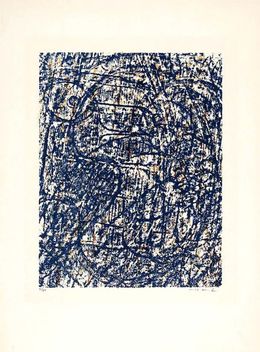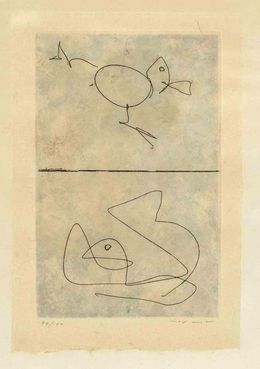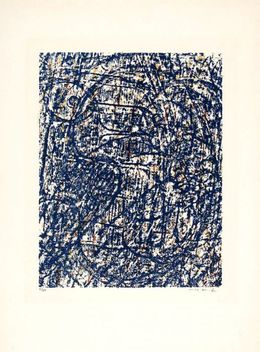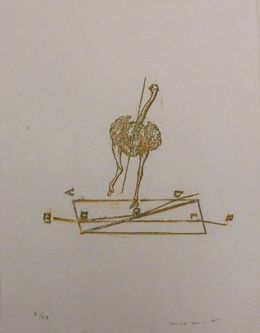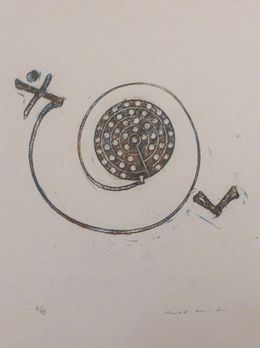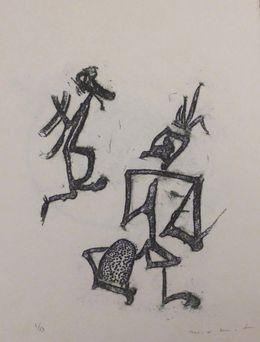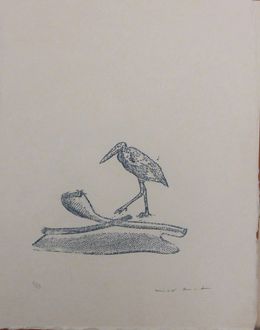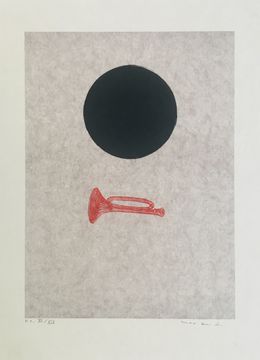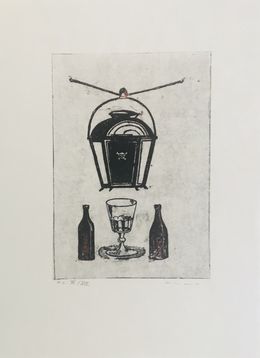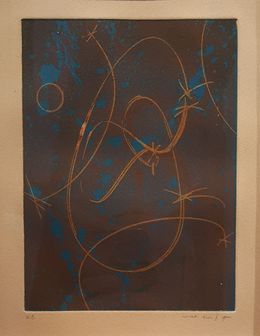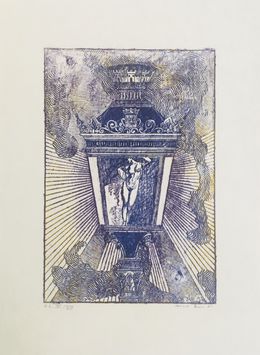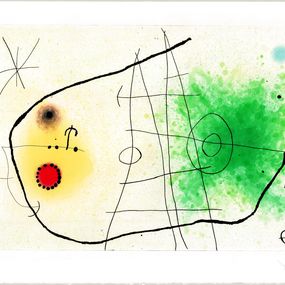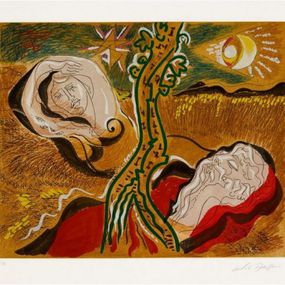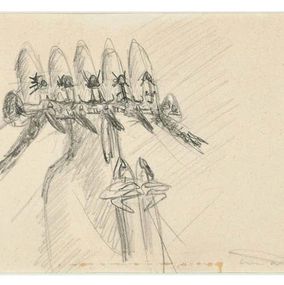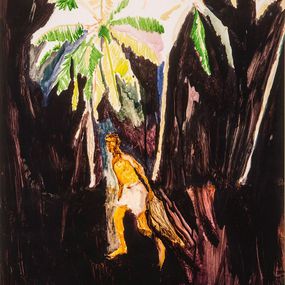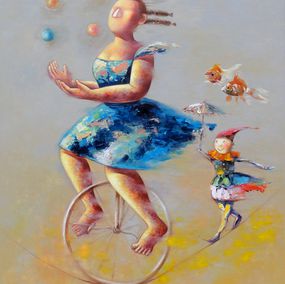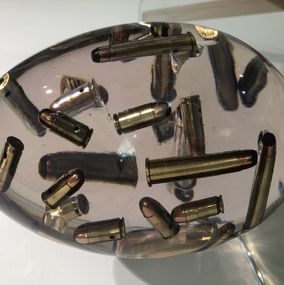

Art has no intention of decorating walls. Art is an offensive and defensive weapon against the enemy.
Biography
Max Ernst is a German painter and sculptor born in 1891 in Brühl and who died in 1976 in Paris. The son of painter Philipp Ernst, he began studying philosophy at the University of Bonn in 1909, but quickly abandoned this in order to devote himself to art. In 1911, Ernst met the members of the Blaue Reiter group with whom he exhibited two years later.
Between 1909 and 1913, his early paintings were inspired by expressionism, then later became more surreal. In 1913, he left for Paris and met Guillaume Apollinaire and Robert Delaunay. The First World War then spread through Europe and Max Ernst found a common desire for protest among his colleagues in the Dada movement. He then actively participated in the Dada movement in Cologne, which became an important centre for the movement. Paul Klee and Marcel Duchamp were marked influences on his works at this time.
In 1929, Max Ernst discovered De Chirico's metaphysical painting, and became Paul Eluard's friend in 1921. He then explored dream painting in a fantastically realist style. In 1925, he invented the technique of 'frottage' (rubbing), where he would let his pencil move over a piece of paper placed on various surfaces, allowing mysterious patterns to appear at random. Over the course of his many travels, he also made collages and later tried his hand at sculpture.
In 1945, Max Ernst fled from Europe to New York where he continued his art with Marc Chagall and Marcel Duchamp while also contributing to the birth of abstract expressionism. However, he returned to France in the 1950s and after receiving a prize at the Venice Biennale, he was excluded from the surrealist movement. The Max Ernst Museum with 300 of his works opened in Brühl in 2005 and many exhibitions are dedicated to him, notably in Paris.
Nationality
Categories
Artistic movements
Themes


